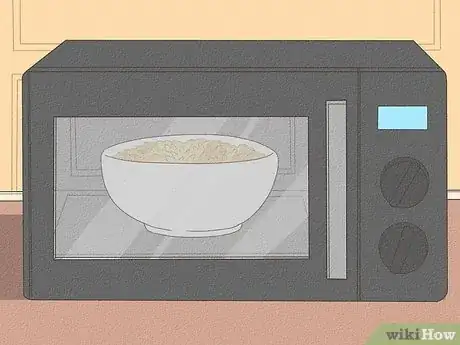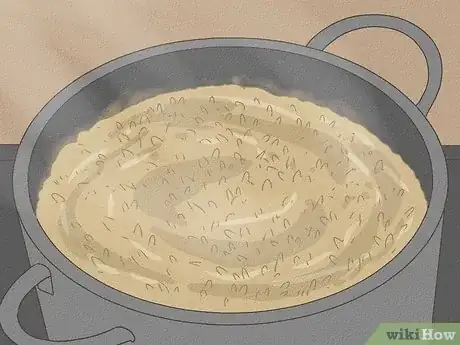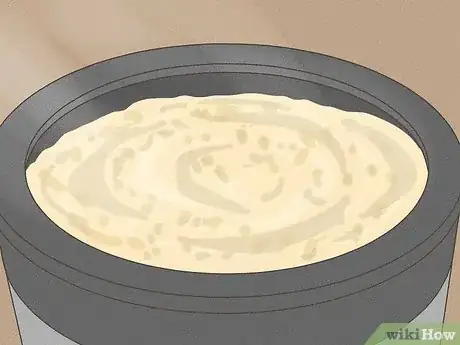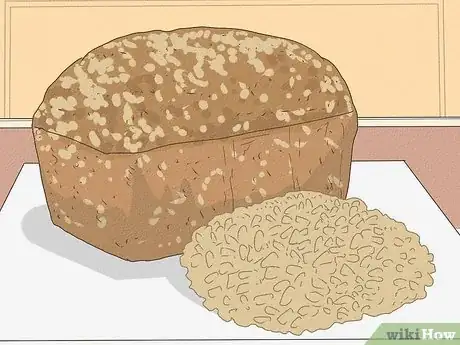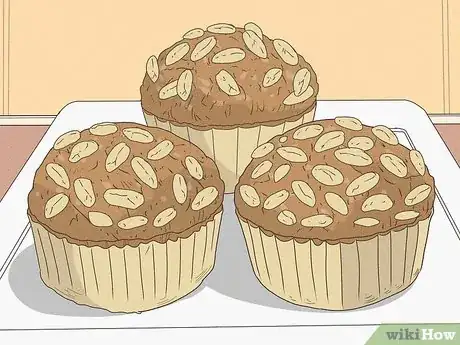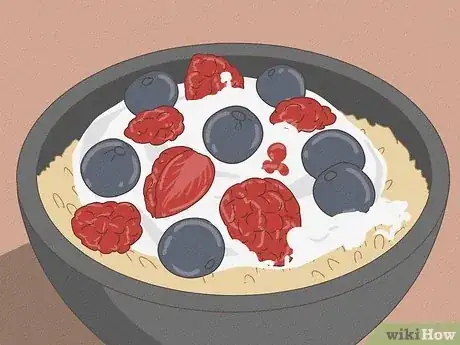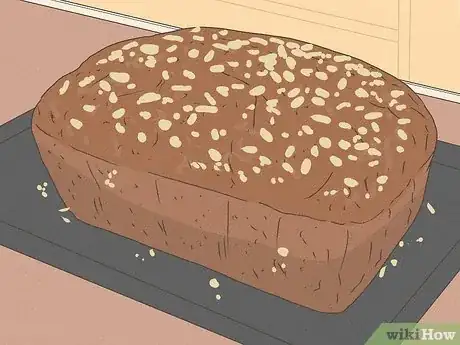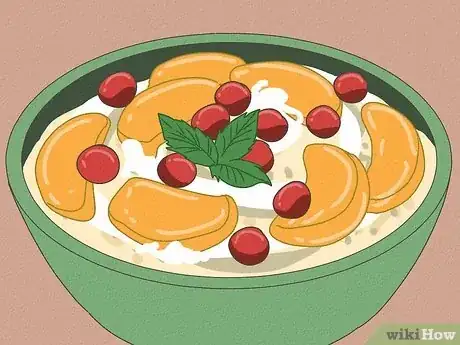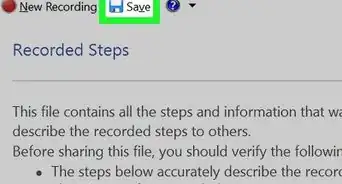This article was co-authored by wikiHow staff writer, Aly Rusciano. Aly Rusciano is a Creative Writer based outside of Nashville, Tennessee. She has over ten years of experience in creative, academic, and professional writing. Aly’s writing has been nationally recognized in the Sigma Tau Delta Rectangle and featured in Blue Marble Review, The Sunshine Review, PopMatters, and Cathartic Literary Magazine. She graduated from The University of Tennessee at Martin with a BA in English, focusing in Creative Writing and minoring in Theatre.
Learn more...
There’s nothing like a warm bowl of creamy oatmeal topped with juicy berries and a drizzle of peanut butter on a cold morning. But as you stand in the oats aisle of the grocery store, the sweet thought of oatmeal is replaced with panic—you had no idea there were so many kinds of oats! Should you pick rolled oats, instant oats, or steel-cut oats? Aren’t they all the same thing? Luckily, you’ve stumbled across the perfect article because we have all the answers, from how each type of oat is made to how they differ.
Things You Should Know
- Rolled oats and old-fashioned oats are exactly the same thing and the words can be used interchangeably.
- The type of oat depends on how long it's processed—the longer it’s rolled and pressed, the faster it’ll cook.
- Different types of oats can be substituted for each other in a recipe, but it could change the baked good’s texture and baking time.
Steps
References
- ↑ https://www.hsph.harvard.edu/nutritionsource/food-features/oats/
- ↑ https://youtu.be/S0x4RxuNAno?t=69
- ↑ https://www.washingtonpost.com/food/2021/04/12/oats-types-how-to-cook/
- ↑ https://www.foodhero.org/healthy-food/types-oats
- ↑ https://wholegrainscouncil.org/whole-grains-101/easy-ways-enjoy-whole-grains/grain-month-calendar/oats-–-january-grain-month/types
- ↑ https://www.mayoclinichealthsystem.org/hometown-health/speaking-of-health/start-your-day-with-healthy-oatmeal
- ↑ https://www.foodhero.org/healthy-food/types-oats
- ↑ https://www.hsph.harvard.edu/nutritionsource/food-features/oats/
- ↑ https://www.mayoclinichealthsystem.org/hometown-health/speaking-of-health/start-your-day-with-healthy-oatmeal
